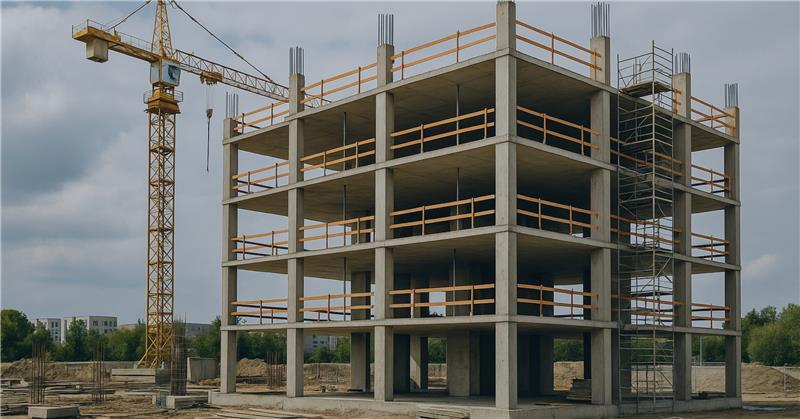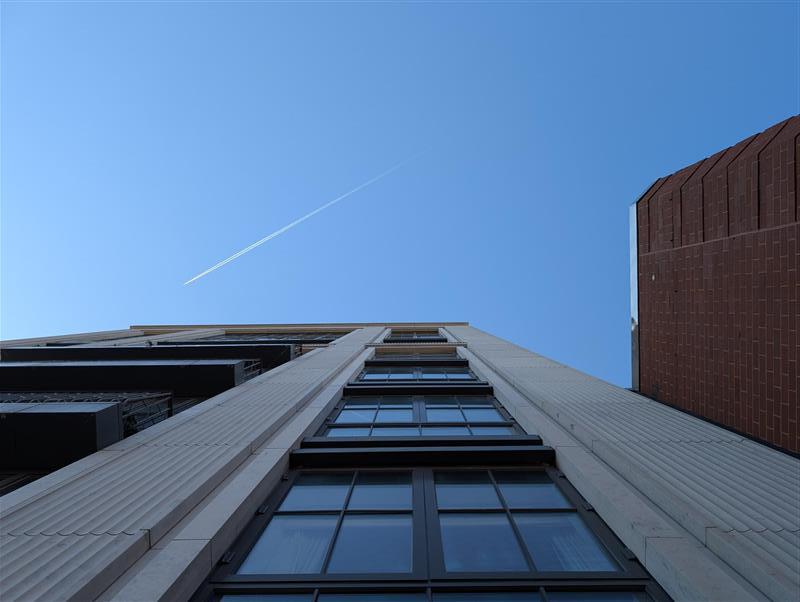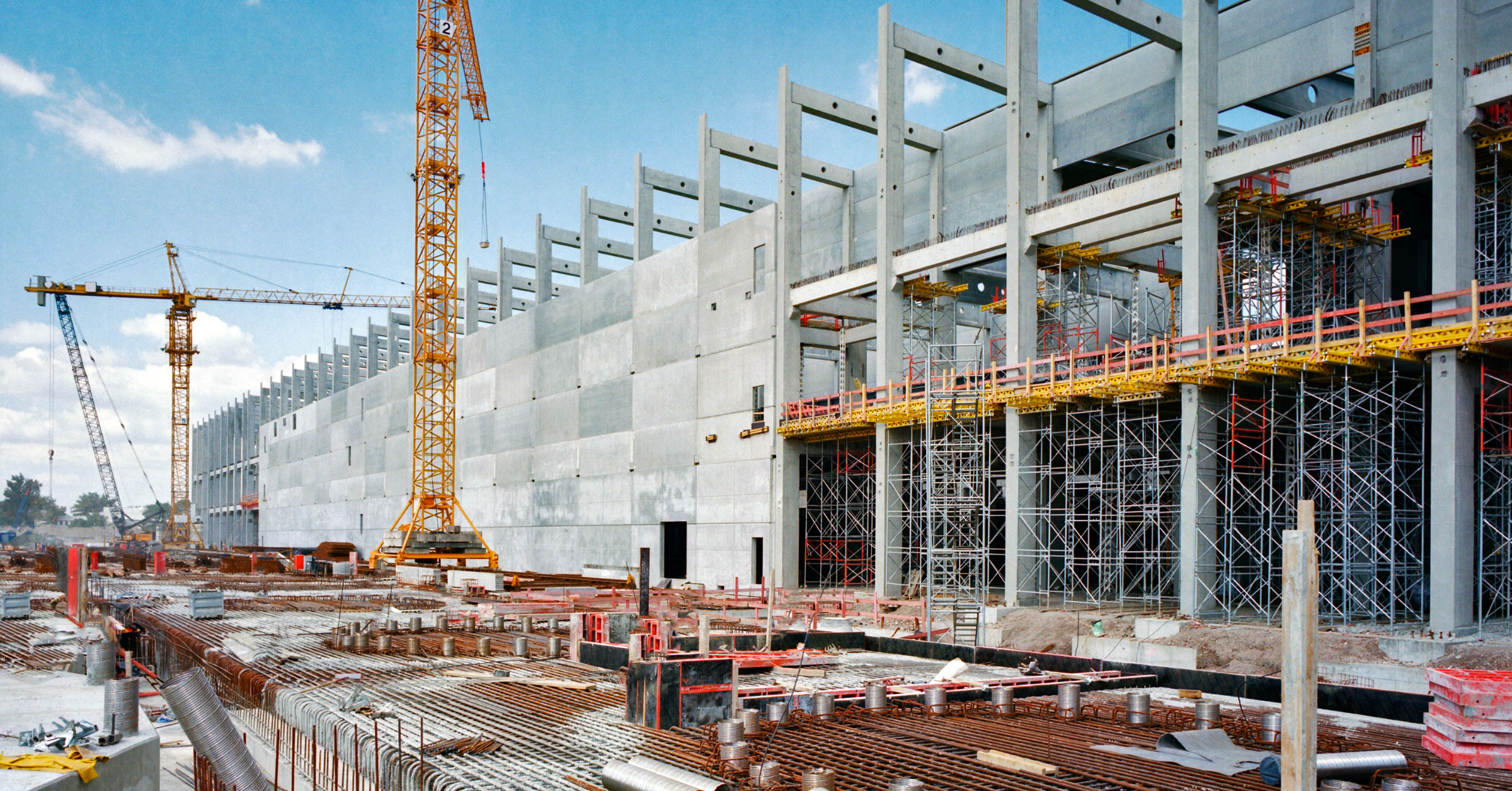Unless you’re new to the industry or the New York City market, you’re no doubt familiar with Local Law 58 of 1987. Based on ICC/ANSI A117.1-1986, this local law has been the guiding principle in accessible and adaptable design for nearly three decades. The adoption of the 2014 New York City Construction Codes, specifically Chapter 11 of the Building Code, now supersedes these accessibility requirements (based on ICC/ANSI A117.1-2009).
A More Understandable Accessibility Code
This change makes the New York City accessibility code more understandable and, in many ways, more relatable, as it is similar to other codes in the International Building Code (IBC) family.
One of the major concerns, typically, when designing a space to meet accessibility requirements is applicability. No exceptions are allowed for new buildings; the accessibility code must be followed. However, in existing buildings, Chapter 11 of the 2014 New York City Building code does allow for special provisions and specific requirements, based on scope of work.
Accessibility Exemptions
Residential occupancies where the residents are primarily permanent occupants (R-3 occupancies), occupied before March 13, 1991 (a date relative to the Fair Housing Act), as well as those occupied after but with fewer than four dwelling units, are exempt. These are small residencies, such as one- or two-family homes and group homes.
Also, when ordinary repairs (repair or direct replacement of existing fixtures or maintenance) are performed, they are also exempt from the requirements of this code. Buildings under a Group U (Utility) use are also exempt, with a few specific exceptions for public spaces.
Additional Exceptions
All buildings constructed under previous codes must now comply with the provisions of this code. However, the borough commissioner can waive compliance if accessibility requirements meet the following criteria:
- Create undue economic burden
- Fail to achieve the intended objective
- Prove physically or legally impossible or unnecessary in light of alternatives
- Result in a change so slight as to produce a negligible benefit
The accessibility chapter is one of the most critical aspects of the building code because it affects nearly every other trade or work type involved in the design. It is critical to ensure that the design and construction meet these requirements to prevent any issues in the permitting process.
For any additional questions or comments on accessibility requirements, please contact Milrose Consultants.






